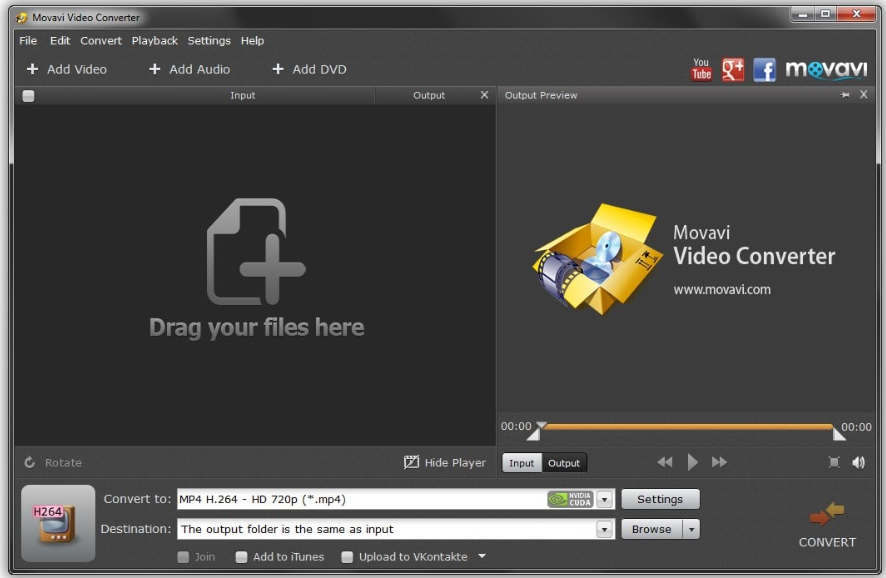

The second chunk is at offset 32 (hex: 20), its size is 30,322 (hex: 00 00 76 72), and its type is “moov” (hex: 6D 6F 6F 76). The first block’s size is 32 (hex: 00 00 00 20), with the size at offset 0. This defines the QuickTime container file type.įile subtype-M4V_ (hex: 4D 34 56 20)-points to the M4V (or MPEG-4) file type. When inspecting the binary data of an M4V using a Hex Viewer (e.g., Disk Editor), it will start with a “ftyp” signature (hex: 66 74 79 70) at offset 4. The system iterates chunks until it detects an unknown type, composing the M4V file. The remaining chunks can have predefined signatures with the following types: ftyp, mdat, moov, pnot, udta, uuid, moof, free, skip, jP2, wide, load, ctab, imap, matt, kmat, clip, crgn, sync, chap, tmcd, scpt, ssrc, or PICT. The first chunk is always “ftype” with a subtype at offset 8.

Every chunk has an 8-byte header, including a chunk size (4-byte) and chunk type (4-byte). The MPEG-4 format’s specification is based on QuickTime’s specification.Īn M4V file comprises several consecutive chunks. mp4, which allows the file to be played on most standard MP4 media players. Another option is to change the file extension from. Google Drive supports playing M4V files directly from cloud storage.
#Convert m4v to mp4 windows free
There are many free players available, including the Apple QuickTime player.
#Convert m4v to mp4 windows windows
On a Windows-based PC, it is usually possible to play M4V files via the default Windows Media Player. Non-protected M4V files can also be played by third-party applications and non-iOS platforms. To access an iTunes account, the user will need to log in with the Apple ID they received when they first signed up for the service.ĭRM-protected M4V files can only be purchased from or played on the iTunes app on iOS devices such as an iPhone, iPad, or iPod Touch. You cannot view DRM-protected M4V files without permission from the iTunes account that purchased the file.


 0 kommentar(er)
0 kommentar(er)
